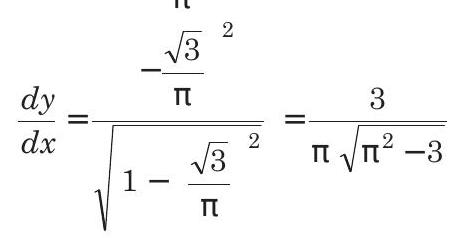Limit Continuity and Differentiability 7 Question 29
29. Let
(2016 Adv.)
(a) differentiable at
(b) differentiable at
(c) not differentiable at
(d) not differentiable at
Show Answer
Answer:
Correct Answer: 29. (A)
Solution:
- Here,
On differentiating both sides, we get
Putting







